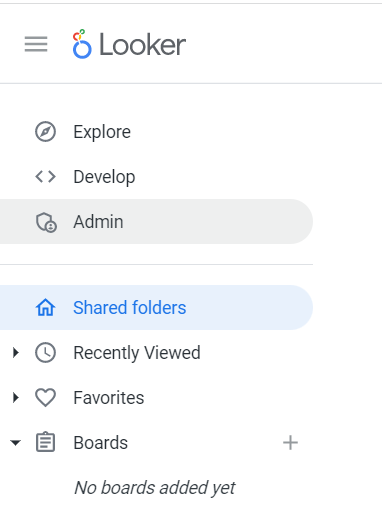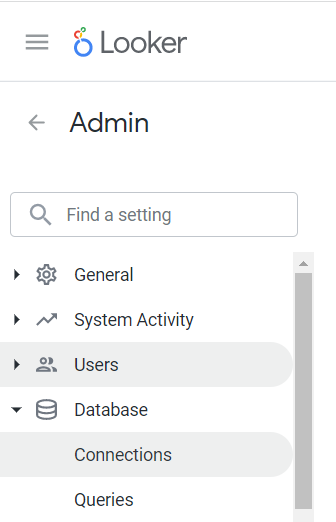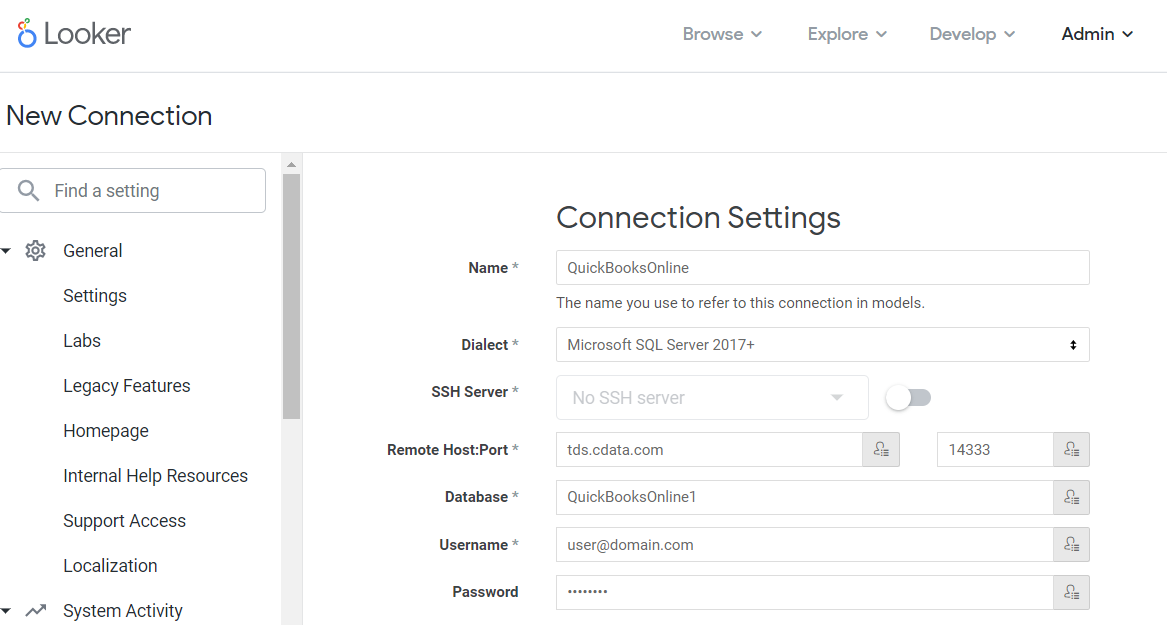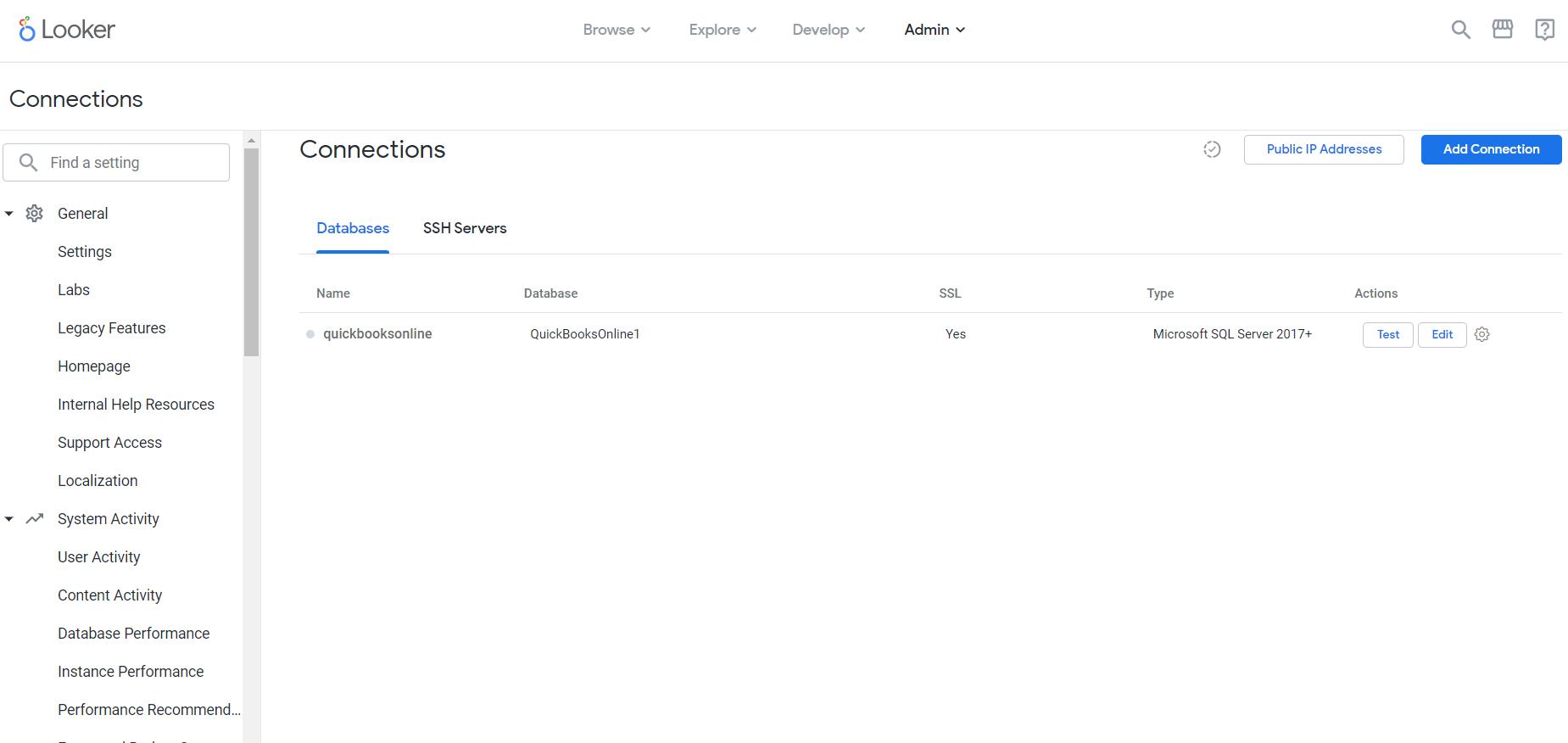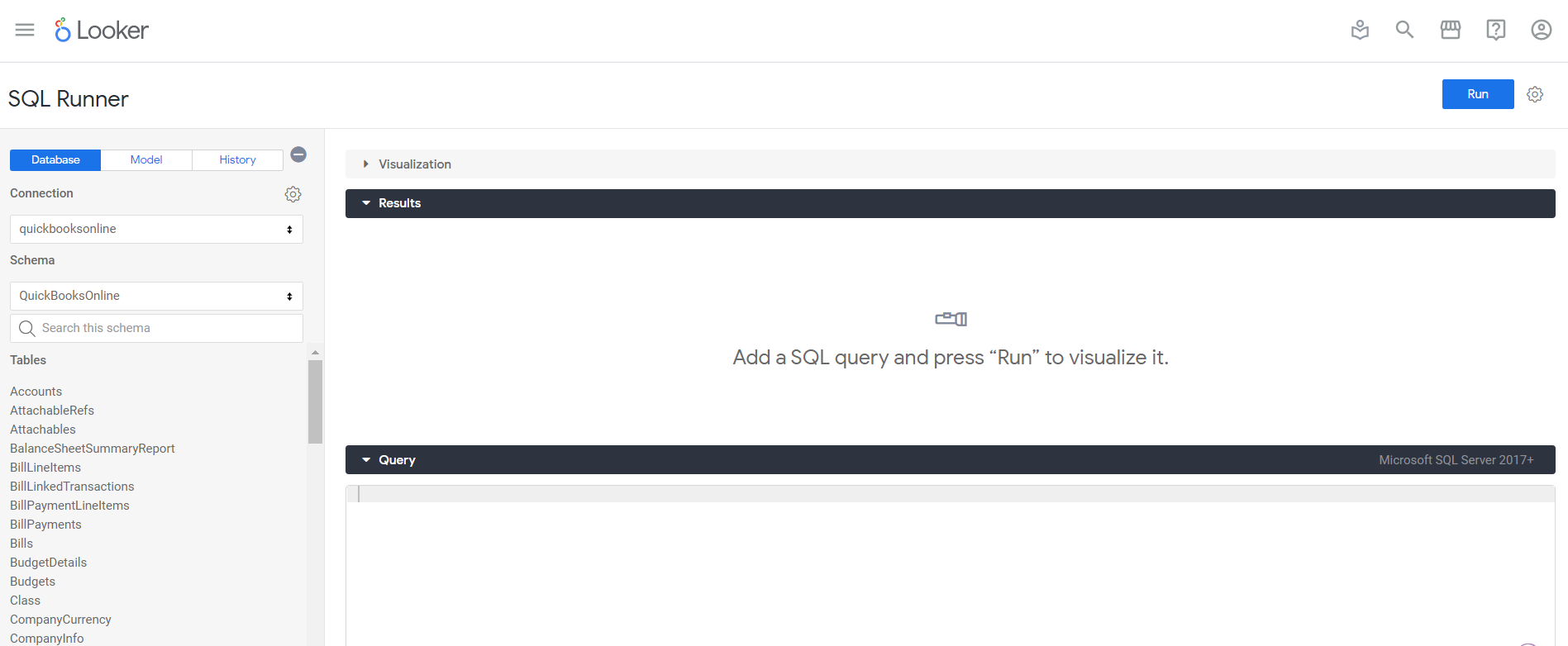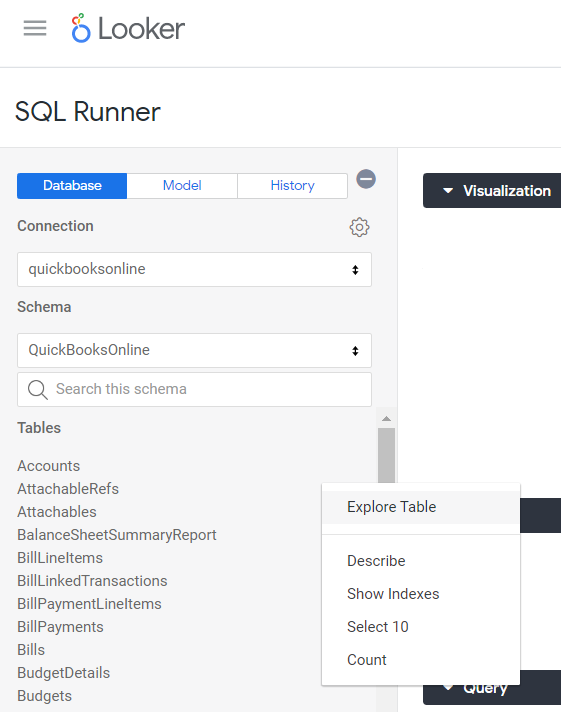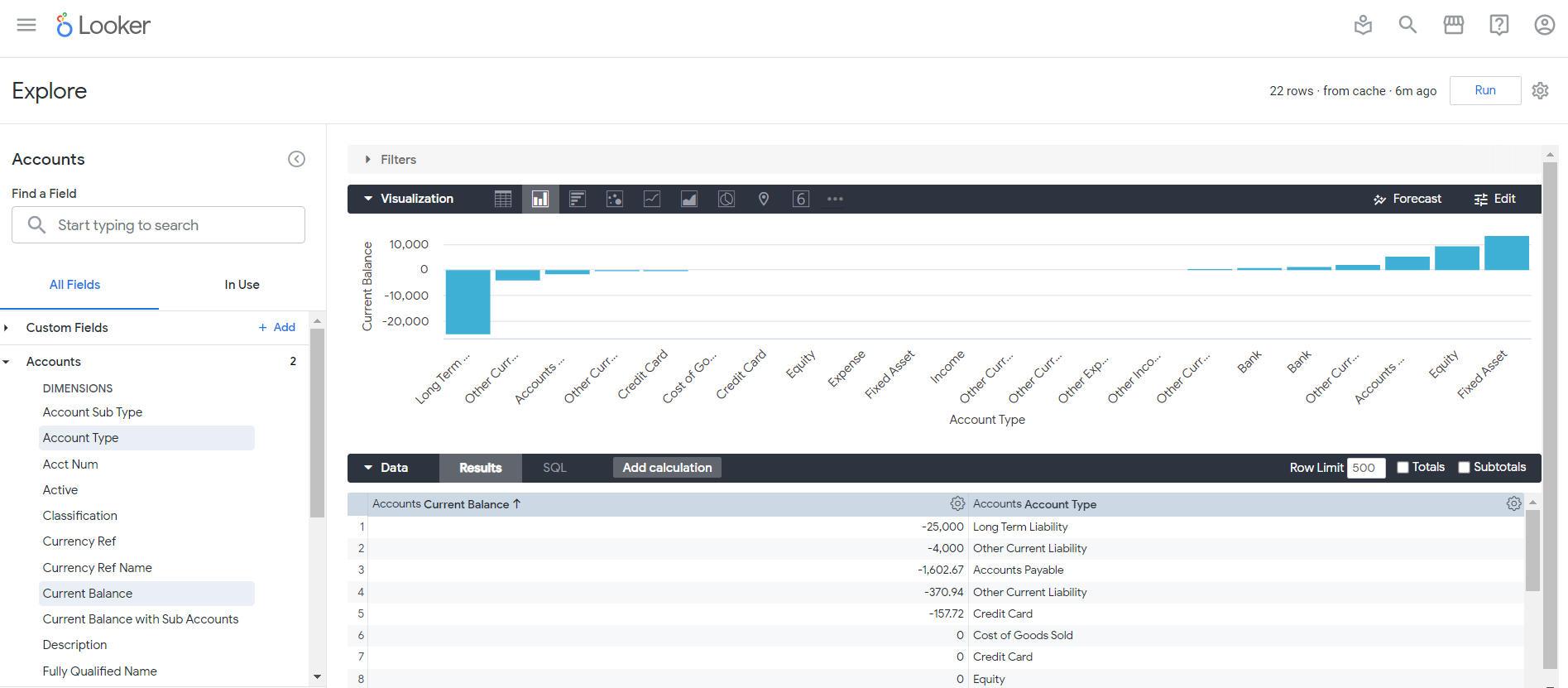Discover how a bimodal integration strategy can address the major data management challenges facing your organization today.
Get the Report →Analyze SAP SuccessFactors Data in Looker
Use CData Connect Cloud to connect to SAP SuccessFactors Data from Looker and build custom apps using live SAP SuccessFactors data.
Looker is a business intelligence and big data analytics platform that helps you explore, analyze and share real-time business analytics. When paired with CData Connect Cloud, you get instant, cloud-to-cloud access to SAP SuccessFactors data for business applications. This article shows how to connect to SAP SuccessFactors in Connect Cloud and then connect to SAP SuccessFactors data in Looker.
CData Connect Cloud provides a pure cloud-to-cloud interface for SAP SuccessFactors, allowing you to build reports from live SAP SuccessFactors data in Looker — without replicating the data to a natively supported database. As you create applications to work with data, Looker generates SQL queries to gather data. Using optimized data processing out of the box, CData Connect Cloud pushes all supported SQL operations (filters, JOINs, etc.) directly to SAP SuccessFactors, leveraging server-side processing to quickly return the requested SAP SuccessFactors data.
Configure SAP SuccessFactors Connectivity for Looker
Connectivity to SAP SuccessFactors from Looker is made possible through CData Connect Cloud. To work with SAP SuccessFactors data from Looker, we start by creating and configuring a SAP SuccessFactors connection.
- Log into Connect Cloud, click Connections and click Add Connection
![Adding a Connection]()
- Select "SAP SuccessFactors" from the Add Connection panel
![Selecting a data source]()
-
Enter the necessary authentication properties to connect to SAP SuccessFactors.
You can authenticate to SAP Success Factors using Basic authentication or OAuth with SAML assertion.
Basic Authentication
You must provide values for the following properties to successfully authenticate to SAP Success Factors. Note that the provider will reuse the session opened by SAP Success Factors using cookies. Which means that your credentials will be used only on the first request to open the session. After that, cookies returned from SAP Success Factors will be used for authentication.
- Url: set this to the URL of the server hosting Success Factors. Some of the servers are listed in the SAP support documentation (external link).
- User: set this to the username of your account.
- Password: set this to the password of your account.
- CompanyId: set this to the unique identifier of your company.
OAuth Authentication
You must provide values for the following properties, which will be used to get the access token.
- Url: set this to the URL of the server hosting Success Factors. Some of the servers are listed in the SAP support documentation (external link).
- User: set this to the username of your account.
- CompanyId: set this to the unique identifier of your company.
- OAuthClientId: set this to the API Key that was generated in API Center.
- OAuthClientSecret: the X.509 private key used to sign SAML assertion. The private key can be found in the certificate you downloaded in Registering your OAuth Client Application.
- InitiateOAuth: set this to GETANDREFRESH.
![Configuring a connection (Salesforce is shown)]()
- Click Create & Test
- Navigate to the Permissions tab in the Add SAP SuccessFactors Connection page and update the User-based permissions.
![Updating permissions]()
Add a Personal Access Token
If you are connecting from a service, application, platform, or framework that does not support OAuth authentication, you can create a Personal Access Token (PAT) to use for authentication. Best practices would dictate that you create a separate PAT for each service, to maintain granularity of access.
- Click on your username at the top right of the Connect Cloud app and click User Profile.
- On the User Profile page, scroll down to the Personal Access Tokens section and click Create PAT.
- Give your PAT a name and click Create.
![Creating a new PAT]()
- The personal access token is only visible at creation, so be sure to copy it and store it securely for future use.
With the connection configured, you are ready to connect to SAP SuccessFactors data from Looker.
Connect to SAP SuccessFactors in Looker
The steps below outline connecting to CData Connect Cloud from Looker to create a new SAP SuccessFactors data source.
- Log-in to Looker
- In the navigation pane, select Admin.
![Selecting Admin]()
- Under the Database category, select Connections.
![Selecting connections]()
- On the Connections page, click Add Connection.
![Adding a new connection]()
- Enter the connection settings:
- Name: the name for the connection in models.
- Dialect: select Microsoft SQL Server 2017+.
- SSH Server: leave this disabled.
- Remote Host:Port: enter tds.cdata.com in the first field and 14333 in the second field.
- Database: enter the Connection Name of the CData Connect Cloud data source you want to connect to (for example, QuickBooksOnline1).
- Username: enter your CData Connect Cloud username. This is displayed in the top-right corner of the CData Connect Cloud interface. For example, test@cdata.com
- Password: enter the PAT you generated on the Settings page
![Configuring connection settings]()
- At the bottom of the page, click Test These Settings to ensure that you can connect to CData Connect Cloud.
- Click Add Connection to create the connection and return to the
Connections page.
![New connection added.]()
Your connection is now available for use in Looker. To connect to additional data sources from your CData Connect Cloud account, repeat the setup steps above, changing the value for Database for each data source.
Creating A Looker Visualization From The SQL Runner and Explore Features
To create a visualization in Looker using the SQL Runner, follow these steps:
- In the Looker interface, select Develop -> SQL Runner from the left navigation pane.
![Select SQL Runner.]()
- On the SQL Runner interface, select the connection you made in the previous steps.
![Entering name for new dashboard.]()
- Now, click the gear symbol next to a table and then select Explore Table.
![Entering name for new dashboard.]()
- Next, on the left menu, select fields from the table and click Run. You can now expand the Visualization accordion, and see a bar chart, by default.
![Entering name for new dashboard.]()
We have now created a visualization of SAP SuccessFactors data in Looker using CData Connect Cloud!
Get CData Connect Cloud
To get live data access to 100+ SaaS, Big Data, and NoSQL sources directly from your cloud applications, try CData Connect Cloud today!











